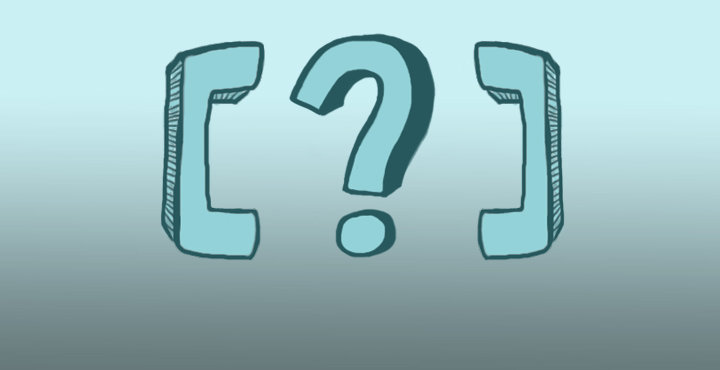
12 Comma Rules for the Comma Obsessed
Some people neglect commas. Others use them after every word. Whatever your tendencies, these comma rules will help you find a happy medium.
Beginners Guide to Punctuation Podcast
Punctuation marks may not seem important, but they are. Without correct usage of punctuation, the meaning of a sentence can be lost. This podcast will highlight the basic rules of English language punctuation.
Free the Apostrophe!
The Free the Apostrophe infographic highlights apostrophe abuse and illustrates how apostrophes should be used correctly. This piece of punctuation has been misplaced, misused, and misunderstood so many times that the staff at Scribendi have come together to free the apostrophe from its abused state.
Full Stops: A How-To Guide
If you’re North American, you may be wondering what exactly full stops are—here’s a hint, there is one at the end of this sentence. This is the main function of full stops, or periods: marking the end of a sentence.
Full Stops: A How-To Guide Podcast
There are multiple forms of full stops or symbols used to signal the end of a sentence, each used under different circumstances. When to use a full stop and the proper form to use are discussed in this podcast.
Homophone Worksheet: Think You Understand Homophones?
In our article on homophones, we discussed what they are and helped explain the differences between them. Now, it's time for you to try our homophone worksheet to test your homophone knowledge!
How to Use Apostrophes
Let's examine some of the rules that dictate when apostrophes are used and where they should be placed in a word.
How to Use Apostrophes Correctly Podcast
The apostrophe is an overlooked part of punctuation that is often misused or ignored completely. This podcast tells you how to use apostrophes correctly, whether you are trying to show possession (e.g., Fred's car) or indicate the omission of a letter (e.g., it's).








